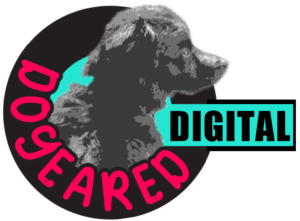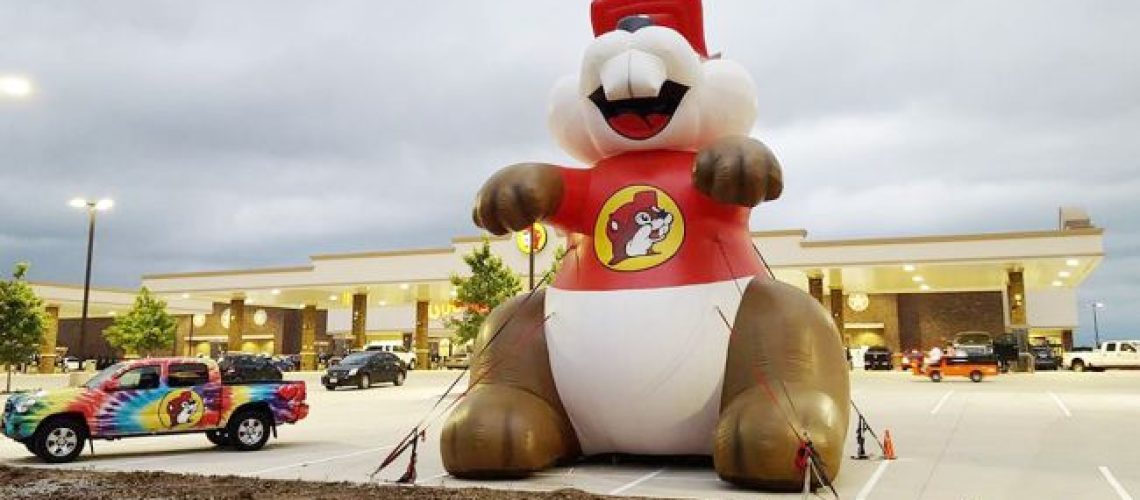If you’ve ever driven through Texas, you’ve likely encountered the phenomenon that is Buc-ee’s. What started as a humble gas station has evolved into a brand with a fan following that rivals some celebrities. But how did Buc-ee’s make this incredible transformation from a simple pit stop into a destination with a cult following? For marketing professionals seeking to elevate their own brands, Buc-ee’s serves as an inspiring case study.
The Foundation: Meeting Basic Needs Exceptionally Well
Cleanliness as a Unique Selling Proposition
In an industry where the basics are often taken for granted, Buc-ee’s chose to excel in an area that most overlook: cleanliness. The brand has won awards for having the cleanest restrooms in America, a feat that is not just a service but a cornerstone of their brand identity.
By focusing on this aspect, Buc-ee’s turned a common customer pain point into a unique selling proposition. This strategy not only attracted more customers but also generated positive word-of-mouth, laying the foundation for the brand’s future growth.
Localized Billboard Advertising
Buc-ee’s initial advertising strategy relied heavily on billboards placed along highways. These were not your run-of-the-mill billboards; they featured catchy and sometimes humorous slogans that directly addressed travelers’ needs and pain points, such as clean restrooms and quality food.
These early billboards built brand awareness, created anticipation, and most importantly, they set expectations. When customers eventually arrived at a Buc-ee’s location, their experiences often exceeded these expectations, creating a cycle of positive reinforcement that benefited the brand.
The Evolution: Becoming More Than a Gas Station
Diversification of Product Offerings
As the brand grew, Buc-ee’s expanded its product range to include a wide array of items, from home decor and apparel to barbecue grills and seasonal items. And once the merch caught on as a tongue-in-cheek nod to Texas’s favorite gas station, Buc-ee’s locations became destinations for the latest cult-favorite items.
The Iconic Beaver Mascot
The introduction of an iconic beaver mascot served as a unifying symbol for the brand. This mascot is not just a cute character; it’s a strategic element of Buc-ee’s branding, featured prominently in in-store displays, merchandise, and advertising.
Digital Marketing Campaigns
In a strategic partnership with Blackhawk Digital Marketing, Buc-ee’s transformed its traditional billboard designs into digital formats to announce the launch of new locations. The digital ads reached over 4 million people, garnered more than 12 million impressions, and led to over 20,000 post engagements.
The shift from traditional to digital was not just a change in medium; it was a strategic move to engage a younger, more tech-savvy audience. The campaign’s success indicated that even traditional businesses could successfully transition to digital platforms without losing the essence of their brand.
Food Quality
Buc-ee’s focused on made-from-scratch, high quality food versus just snacks. This made them a foodie destination. Their Beaver Nuggets, jerky, fudge, pastries and more drive repeat snacking.
Experience Design
Stores are designed like theme parks, with animated decor, ample seating, pet areas, clean spacious bathrooms, and activities for kids. Stores become a travel experience.
Cult Status: When Customers Become Brand Ambassadors
Fan-Driven Initiatives
The brand’s impact is so profound that it has inspired fan-driven initiatives. Chris Koerner, a Buc-ee’s enthusiast, opened an online store exclusively selling Buc-ee’s products. The store made $161,000 in sales in its first month and continues to generate between $250,000 to $300,000 in monthly sales.
While fan-driven initiatives like these may seem organic, they are often subtly encouraged or even directly supported by the brand. By sharing these types of stories on their social media platforms, Buc-ee’s not only gains free advertising but also strengthens its community and solidifies its cult status.
Community Building and Social Media
Buc-ee’s has effectively used social media platforms to engage with its community. The brand frequently posts updates, runs contests, and shares user-generated content. This not only keeps the customer base engaged but also turns them into brand ambassadors.
Aggressive Merchandising
Buc-ee’s sells a staggering amount of branded merch, from custom country albums to cutting boards, socks, candles, and clothing. This gives customers a sense of brand identity.
Loyalty Program
Their loyalty program and app foster a community-like following, make customers feel special and VIP, and drive repeat visits.
Over 40 Years of Buc-ee’s
1982: First Buc-ee’s store opens in Lake Jackson, TX, establishing their brand identity with clean bathrooms, quality snacks, and friendly service.
Late 1980s: Buc-ee’s begins expanding across Texas, tapping into Texas pride in marketing. The brand mascot Buc-ee the Beaver is introduced.
Early 1990s: Buc-ee’s opens larger format stores with ample fuel pumps, wide product selection and develops a cult following.
Early 2000s: Buc-ee’s launches an aggressive billboard advertising campaign along Texas highways. Their billboards become iconic.
2003: Buc-ee’s launches its Beaver Nuggets snack line, which becomes its signature product.
2012: Buc-ee’s launches its loyalty rewards program to drive repeat visits.
2013: Buc-ee’s opens its largest location yet in New Braunfels, TX at 68,000 sq ft. The mega-stores reinforce the brand image.
2014: Buc-ee’s begins selling branded merchandise like t-shirts, mugs, and other souvenirs on a larger scale.
2017: Buc-ee’s expands outside of Texas for the first time, bringing its Texas-sized experience to other states.
2019: Buc-ee’s launches a coffee product line to complement its food offerings.
2021: Buc-ee’s expands its loyalty program to a multi-tiered rewards system.
Buc-ee’s marketing over the decades focused on the in-store experience, Texas pride, billboards, merchandising, and loyalty programs to build its cult following.
Key Takeaways for Marketing Professionals
- Address Customer Pain Points: Identify common customer complaints in your industry and turn them into your unique selling propositions. For example, if you’re in the hospitality industry, could you turn speedy check-ins into your USP?
- Consistency is Key: Maintain consistent quality across products and services to build brand loyalty. Regular audits and customer feedback loops can help maintain high standards.
- Leverage User-Generated Content: Encourage satisfied customers to share their experiences online. Feature these testimonials prominently in your marketing materials for authentic social proof.
- Adapt and Innovate: Don’t be afraid to modernize traditional marketing strategies for the digital age. Measure the impact of these changes to understand their ROI and adjust your strategies accordingly.
Final Thoughts
Buc-ee’s transformation from a simple gas station to a cult brand offers invaluable lessons in marketing. By focusing on customer needs, maintaining high standards, and innovating continuously, the brand has built a loyal customer base that not only frequents its stores but also actively promotes them. For marketing professionals, Buc-ee’s serves as an inspiring case study in how a focus on customer experience and clever marketing can propel a brand to cult status.

